Tips for Supporting New Parents with Lizzie Williams: Podcast Episode #239
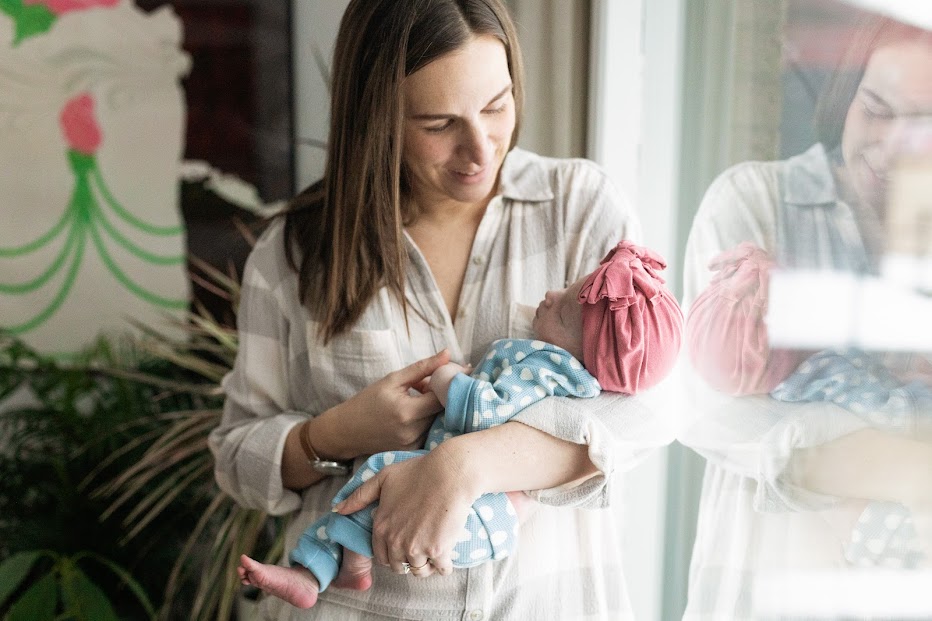
Tips for supporting your friends who just had a baby with former Gold Coast Doulas client, Lizzie Williams. Kristin and Lizzie chat about everything from creating an intentional baby registry to her top tips for supporting new parents in the latest episode of Ask the Doulas. Lizzie contributed to our new book, Supported: Your Guide to […]
How to Prepare for Birth and Postpartum with Kristin Revere
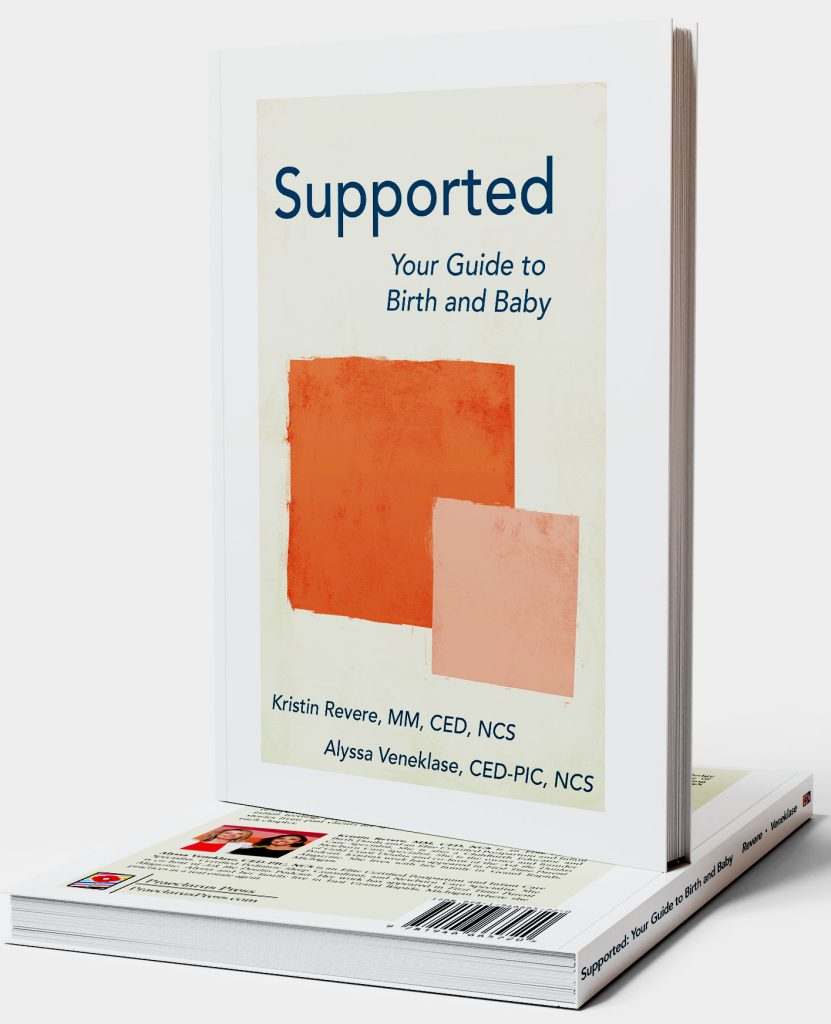
Kristin Revere spoke about the new book Supported as a guest on the kozekoze podcast with Garrett Kusmierz. Here’s their conversation. Listen to the podcast! Welcome back to the kozekoze podcast, and happy Mother’s Day! Wow, what a day. This is my fourth Mother’s Day, which sounds really crazy. I cannot believe I have a […]
The benefits of doula support with Anne Wallen: Podcast Episode #238
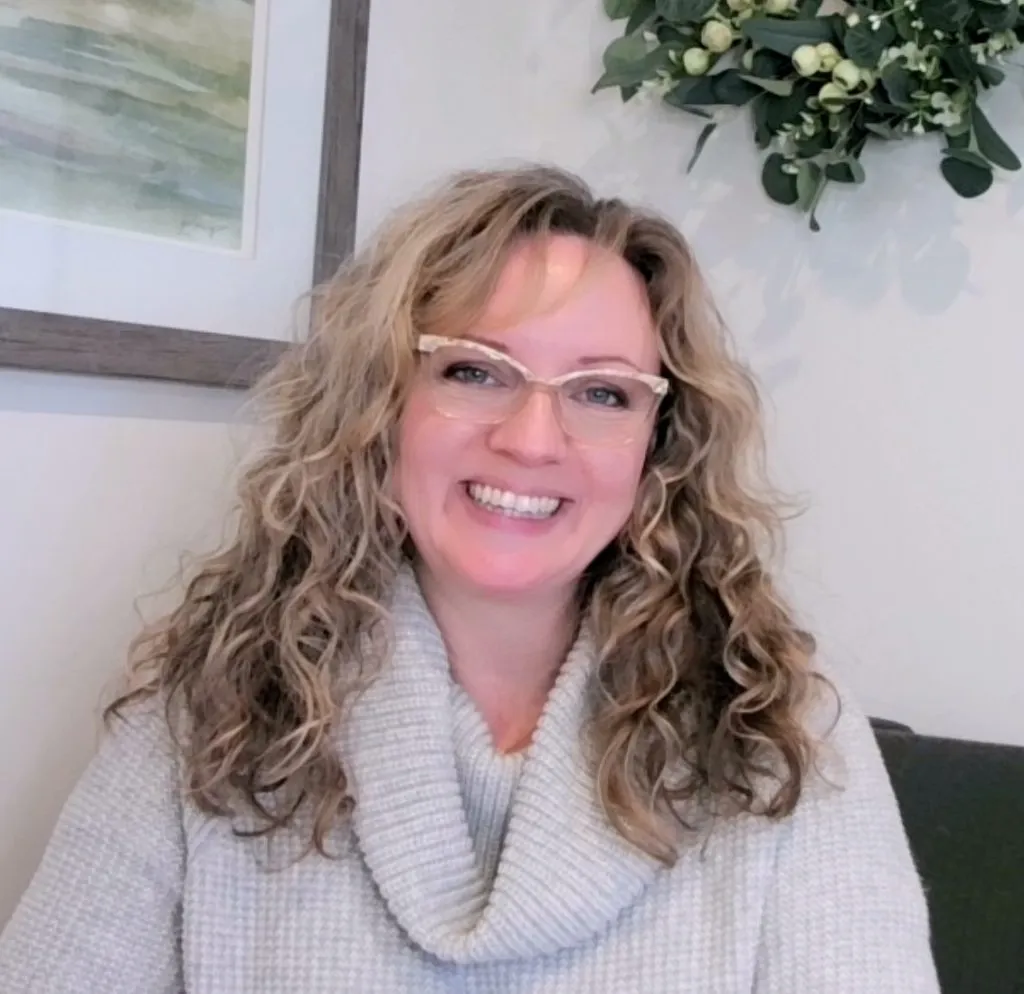
Kristin Revere and Anne Wallen discuss how doulas can impact the birth and postnatal experience. Anne also describes her doula training and education programs at MaternityWise International. Hello, hello! This is Kristin Revere with Ask the Doulas, and I am so excited to chat with Anne Wallen today. Anne is the director of MaternityWise […]
Simple Healthy Habits for Busy Moms: Podcast Episode #237
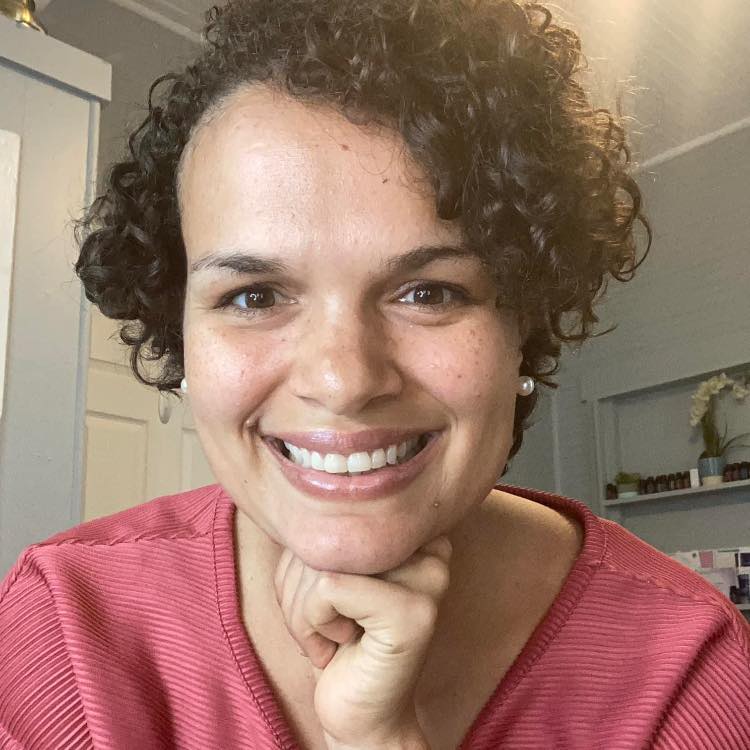
Kristin Revere and Brianna Wilkerson of Mommy Me Time Community discuss the focus on prioritizing health and self-care during each season of motherhood. Brianna has quick tips for both new and seasoned moms to get more intentional time and nourishment. Hello, hello! This is Kristin Revere with Ask the Doulas, and I am thrilled to […]
Prenatal and Postnatal Nutrition Tips with Stephanie Middleburg: Podcast Episode #236

Kristin Revere and Stephanie Middleburg chat about the importance of nourishing yourself and your baby during pregnancy and the postnatal phase. Stephanie is the author of “The Big Book of Pregnancy Nutrition” and founder of Middleburg Nutrition. Hello, hello! This is Kristin Revere with Ask the Doulas, and I am so excited to chat with […]
Heidi McDowell of Mind Body Baby Collective: Podcast Episode #235
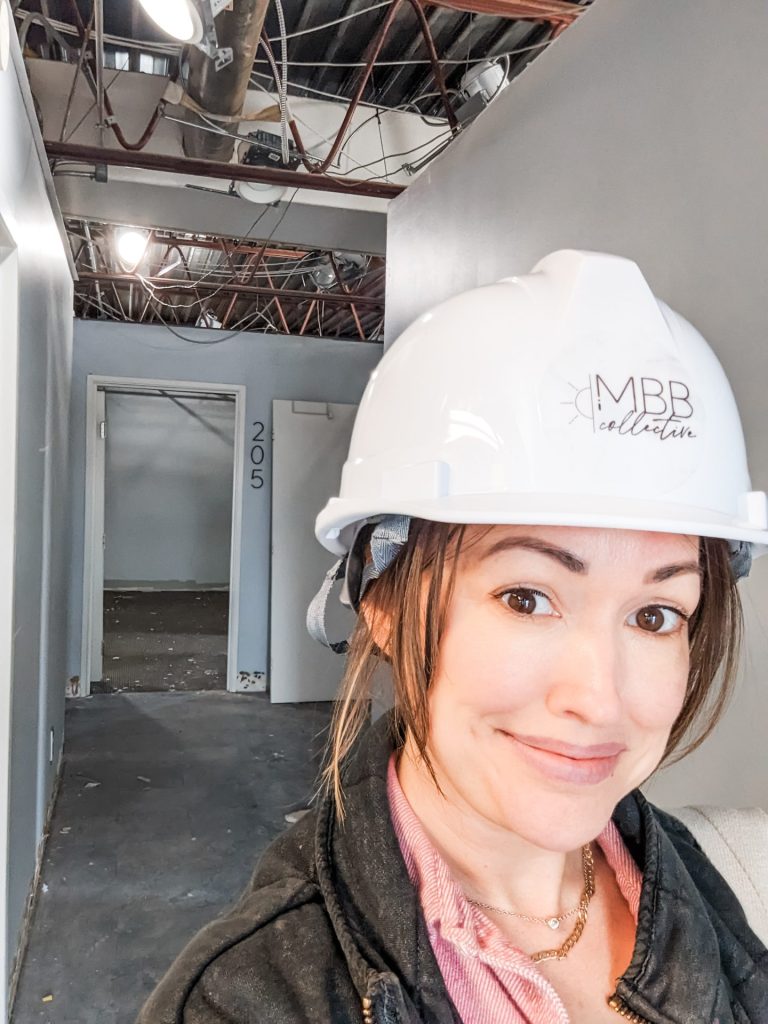
Kristin and Heidi discussed her yoga studio’s expansion, including child care and a co-working space. They also discussed Heidi’s contribution to the fitness section in our upcoming book release, Supported: Your Guide to Birth and Baby. Hello, hello! This is Kristin Revere with Ask the Doulas, and I am thrilled to bring back Heidi McDowell […]
4th Trimester Preparation: Podcast Episode #234
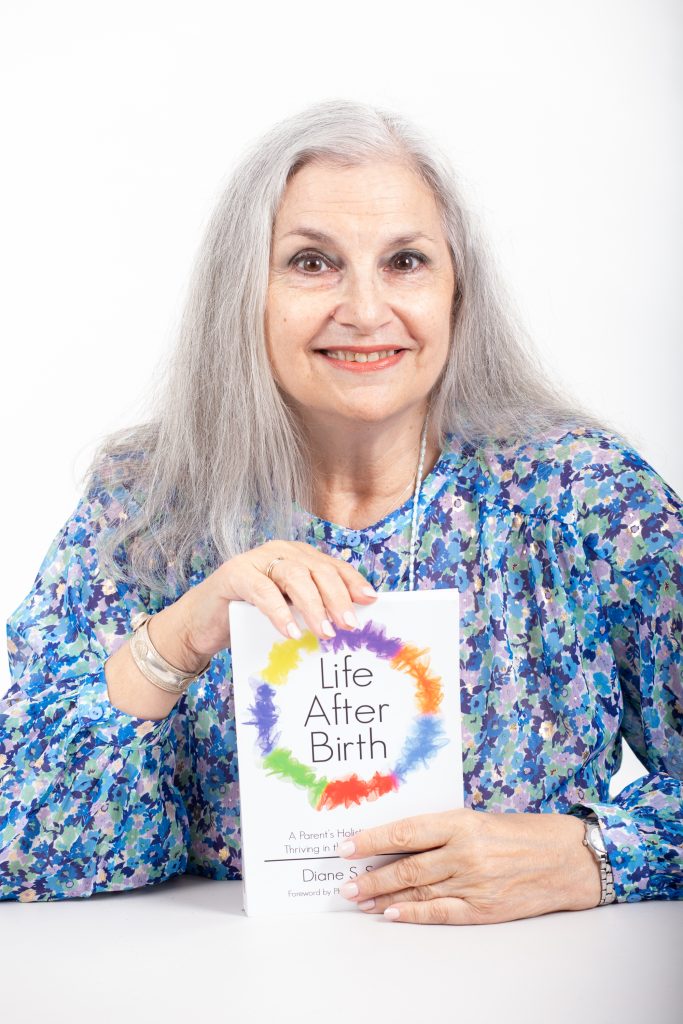
Kristin Revere and Dr. Diane Speier chat about how to best plan and prep for the postnatal phase. They discuss everything from communication to support options in this informative episode. Dr. Speier is also the creator of the Digital Doula 2.0 app. Hello, hello! This is Kristin Revere with Ask the Doulas, and I am […]
Top 5 Toddler Behavior Questions Answered with Christine Brown of Bella Luna Family! Podcast Episode #233
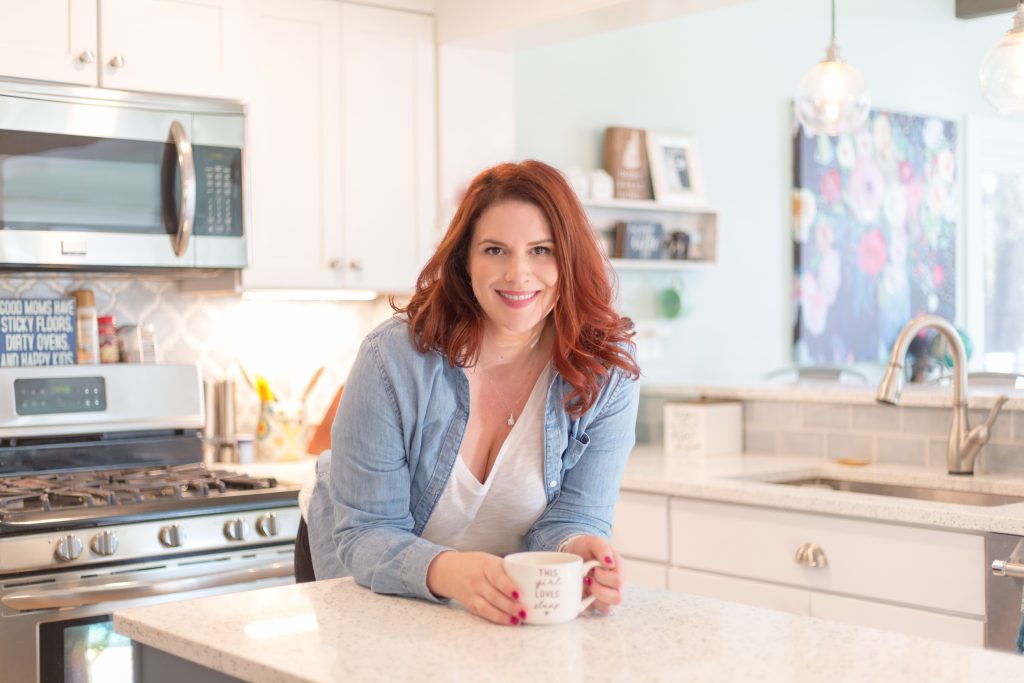
Kristin Revere and Christine Brown address everything from handling tantrums to managing a child’s big feelings in the latest episode of Ask the Doulas. You can listen to this episode on your favorite podcast player. Hello, this is Kristin Revere with Ask the Doulas, and I am thrilled to chat with my friend Christine Brown […]
Postpartum Recovery with Lynn Schulte: Podcast Episode #232
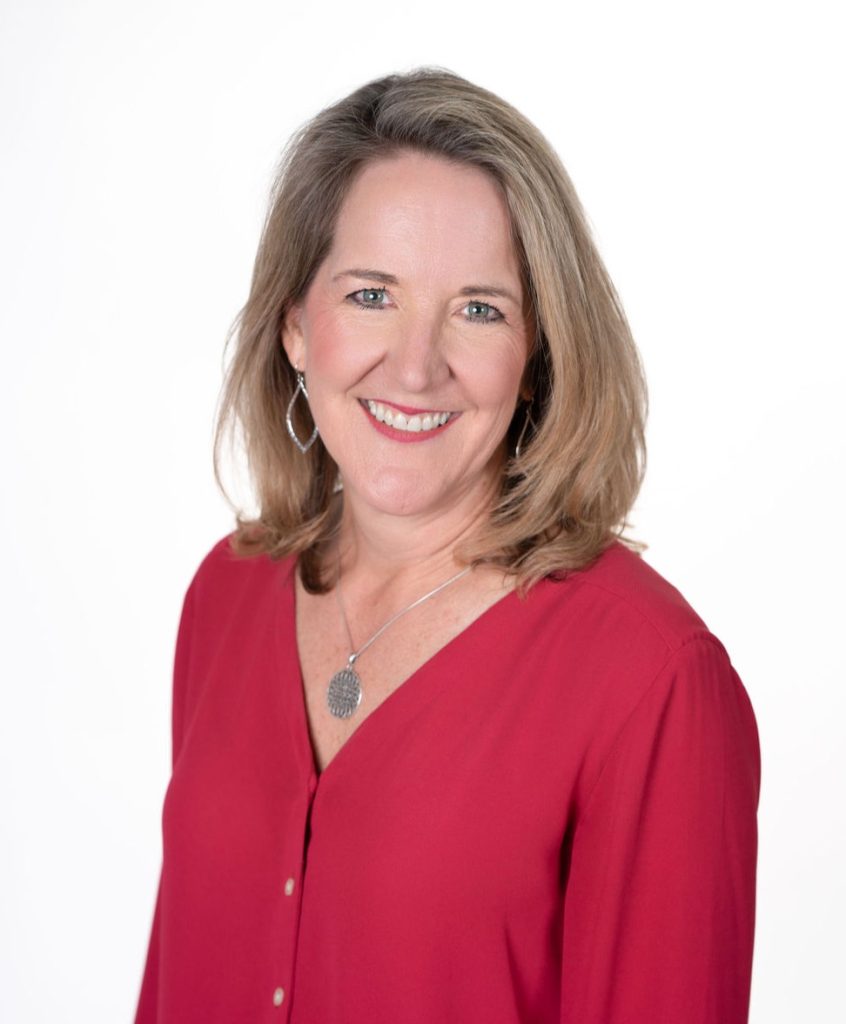
Kristin Revere and Lynn Schulte discuss postpartum healing including hemorrhoids, fissures, and tears as well as preventative steps to take during pregnancy. Hello, hello! This is Kristin Revere with Ask the Doulas, and I am thrilled to chat with Lynn Schulte today. Lynn is the founder of the Institute for Birth Healing, and our topic […]
Breastfeeding Gadgets with Kelly Emery, IBCLC: Podcast Episode #231
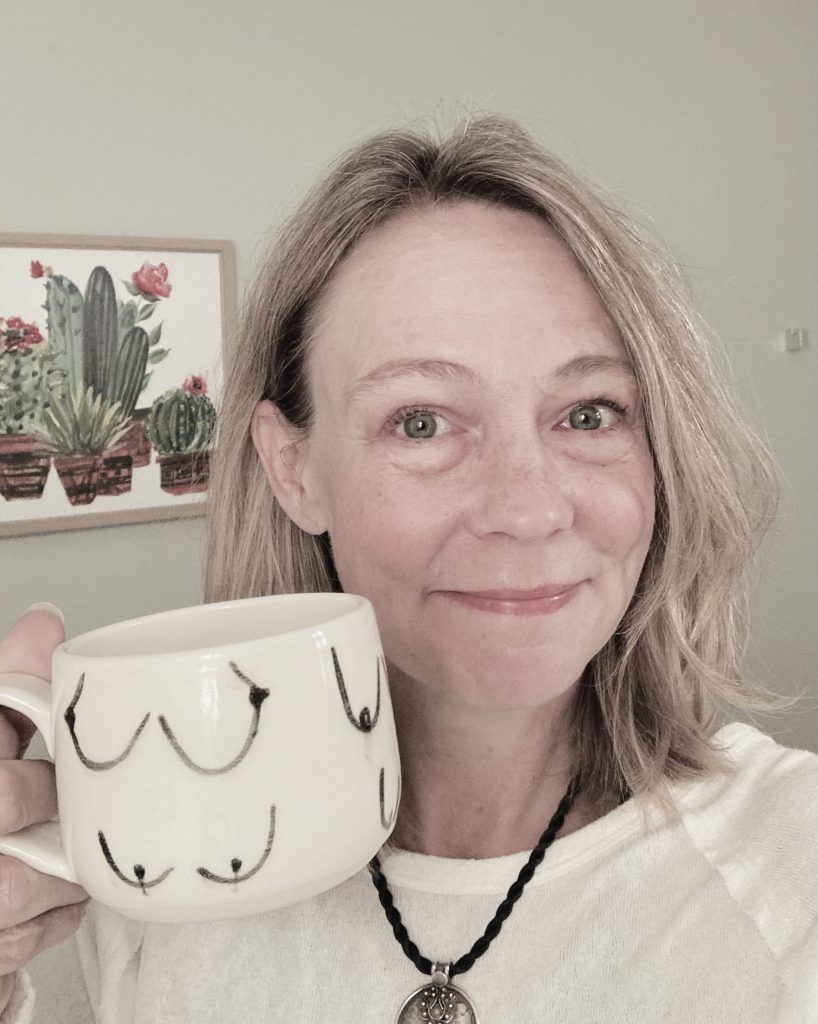
Kelly shares the pros and cons of top breastfeeding gadgets with Kristin in the latest episode of Ask the Doulas. Check out her free gadget videos here and subscribe to her YouTube Channel and her Breast Friends Forever Club for more videos as Kelly comes across more gadgets and the latest lactation research. Hello, hello! […]
The Benefits of HypnoBirthing with Fear and Now Documentary Director Liat Ron: Podcast Episode #230
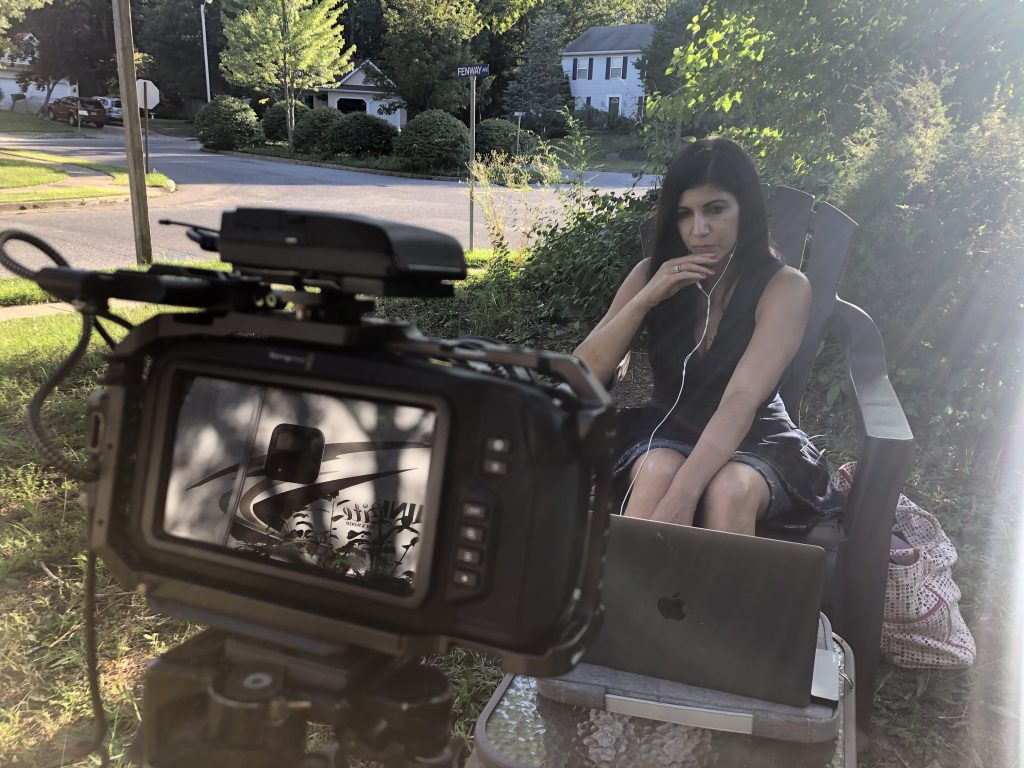
Kristin chats about the Fear and Now Documentary with Liat Ron, producer and director. Kristin and Liat discuss how HypnoBirthing impacted her second birth and why she decided to create a documentary about her experience along with the experiences of other families captured in the film. Hello, hello! This is Kristin with Ask the Doulas, […]
Do More Than Just Survive Postpartum with Jess Hull of Mother Me – Podcast Episode #229
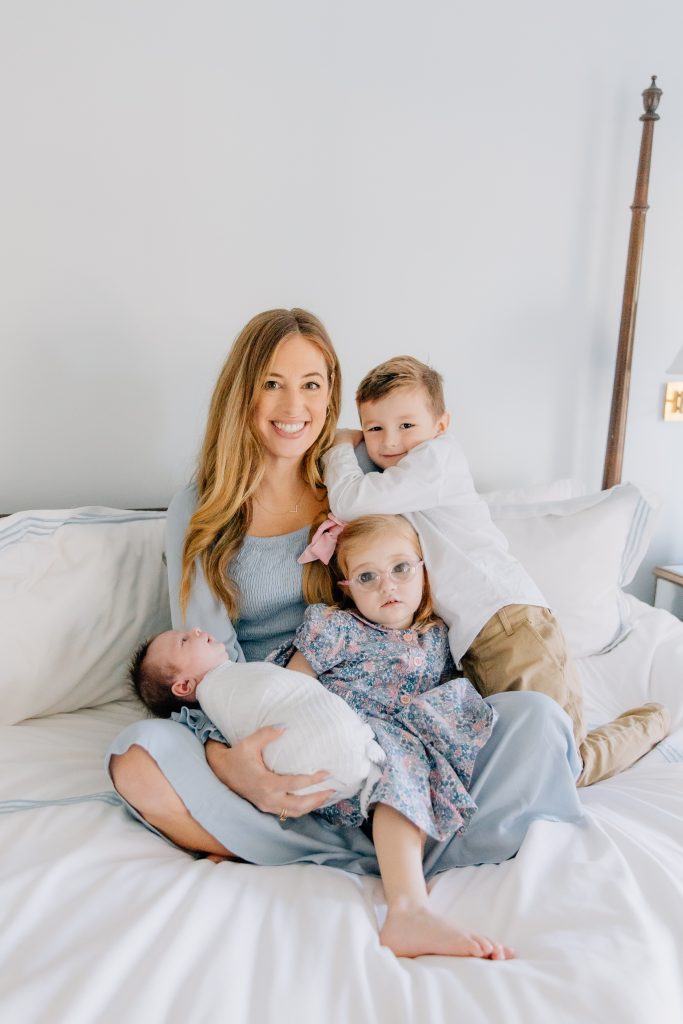
Kristin Revere and Jess Hull discuss the concept of matrescence and the changes that happen to women when they become a mother. Hello, hello! This is Kristin Revere with Ask the Doulas, and I am thrilled to chat with Jess Hull today. Jess is a former Facebook and Google executive who founded Mother Me, which […]
We Wrote A Book! Podcast Episode #228
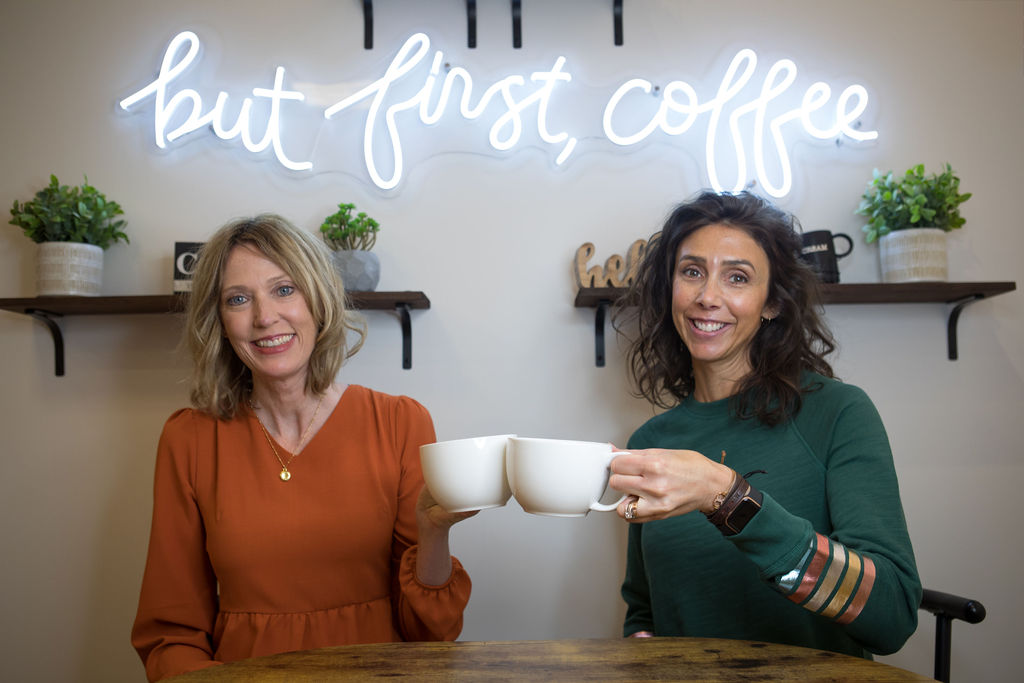
Kristin Revere and Alyssa Veneklase chatted about their upcoming book “Supported: Your Guide to Birth and Baby.” Their book will be released on Mother’s Day. Look for it on Amazon and ask for it at your favorite bookstore. The e-book and audiobook will be available in early June. Hello! This is Kristin Revere, and […]
The Role of a Nurse Midwife: Podcast Episode #227
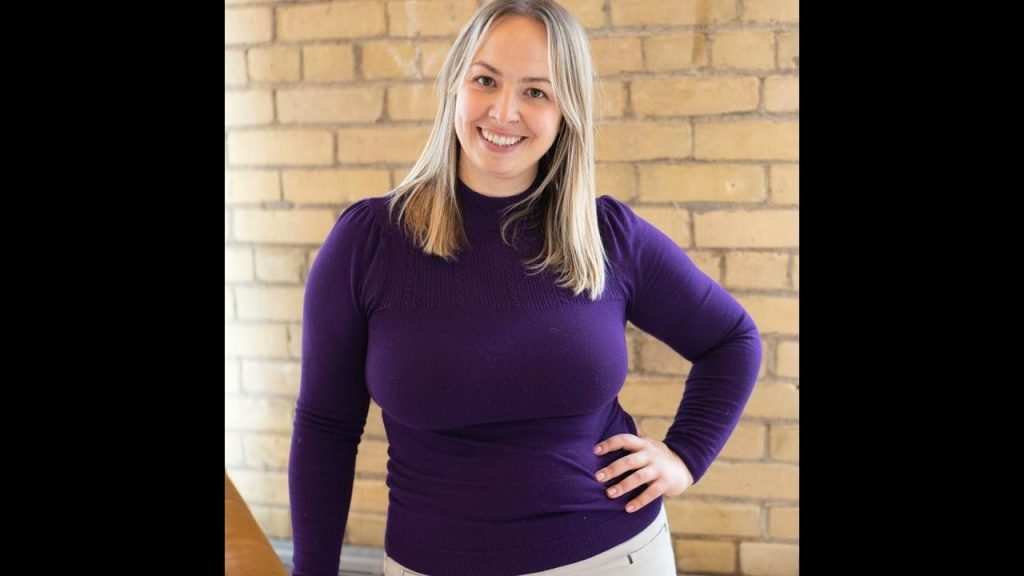
Kristin Revere and Kristin Mallon discuss how certified nurse-midwives support women in all stages of life. They also chat about how Kristin Mallon transitioned to supporting menopause and feminine longevity when she co-created FemGevity. Hello, hello! This is Kristin Revere with Ask the Doulas, and I am so excited to chat with Kristin Mallon […]
Webster Certified Chiropractic Care: Podcast Episode #226

Kristin Revere and Dr. Annie Bishop discuss how Webster Certified Chiropractic Care can be beneficial during pregnancy. They also discuss other options for prenatal and postnatal support. Hello, hello! This is Kristin Revere with Ask the Doulas, and I am excited to chat with my friend Dr. Annie Bishop of Rise Chiropractic Wellness. Welcome, Dr. […]
Breastfeeding and Pumping Tips from Daniela of SOLMA Tea: Podcast Episode #225

Kristin Revere and Daniela Procopio discuss how her breastfeeding journey led her to create SOLMA Tea. She also shares tips for support and balance as both a mother and an entrepreneur. Hello, hello! This is Kristin Revere with Ask the Doulas, and I am here to chat with Daniela Procopio. Daniela is the founder […]
Preparing for the New Parenting Role: Podcast Episode #224
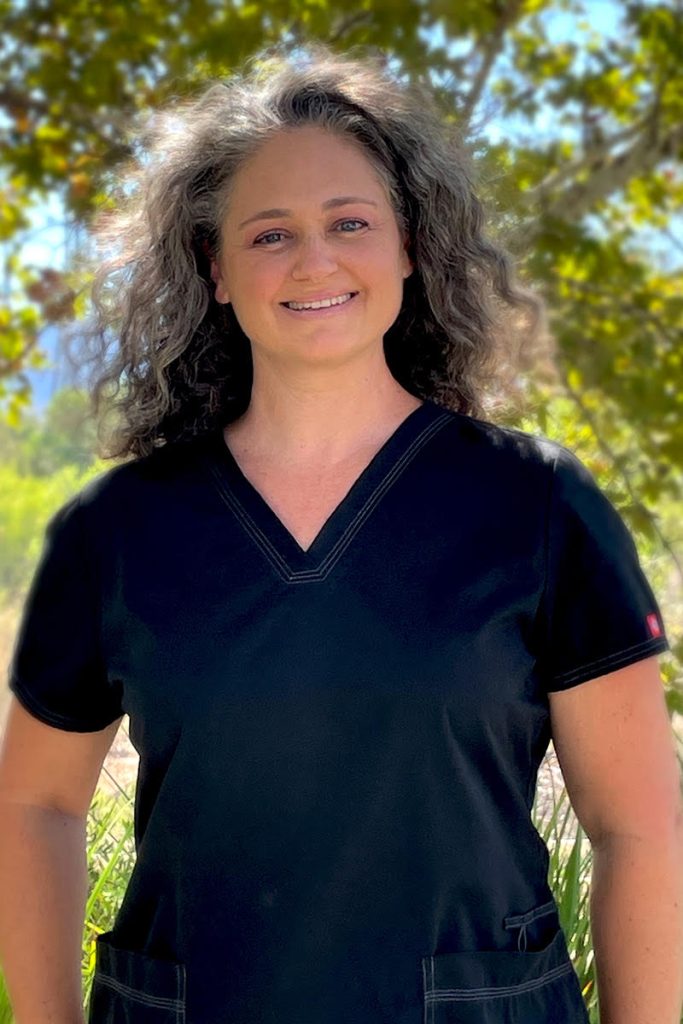
Kristin and Danika discuss ways parents can prep for baby during pregnancy. They also touch on the role of social media in parenting. Hello, hello! This is Kristin with Ask the Doulas, and I am so excited to chat with Danika Sanchez today. She is the president and owner of Baby Steps Concierge Nursing. Welcome, […]
Exploring the Rising Need for Doulas: Podcast Episode #223
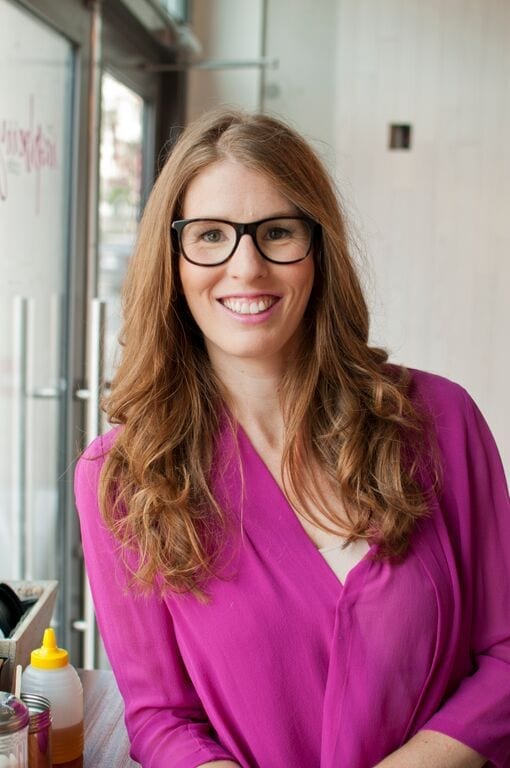
Kristin Revere chats with Bianca Sprague of Bebo Mia about the rising need for doulas and how their care transforms family experiences. Hello, hello! This is Kristin Revere with Ask the Doulas, and I am so excited to chat with Bianca Sprague today. Bianca is a passionate educator and advocate in the doula community, focusing […]
Childbirth Prep When You Don’t Want to Take a Class: Podcast Episode #222

Kristin Revere offers tips on ways to plan and prep for childbirth if you don’t have the time or funds to take a childbirth education class. Some ideas include: YouTube videos, listening to podcasts, reading books or blogs, downloading meditation or pregnancy apps, Pinterest, and more. Hello, hello! This is Kristin Revere with Ask […]
Caring for Newborns with Endira Davis: Podcast Episode #221
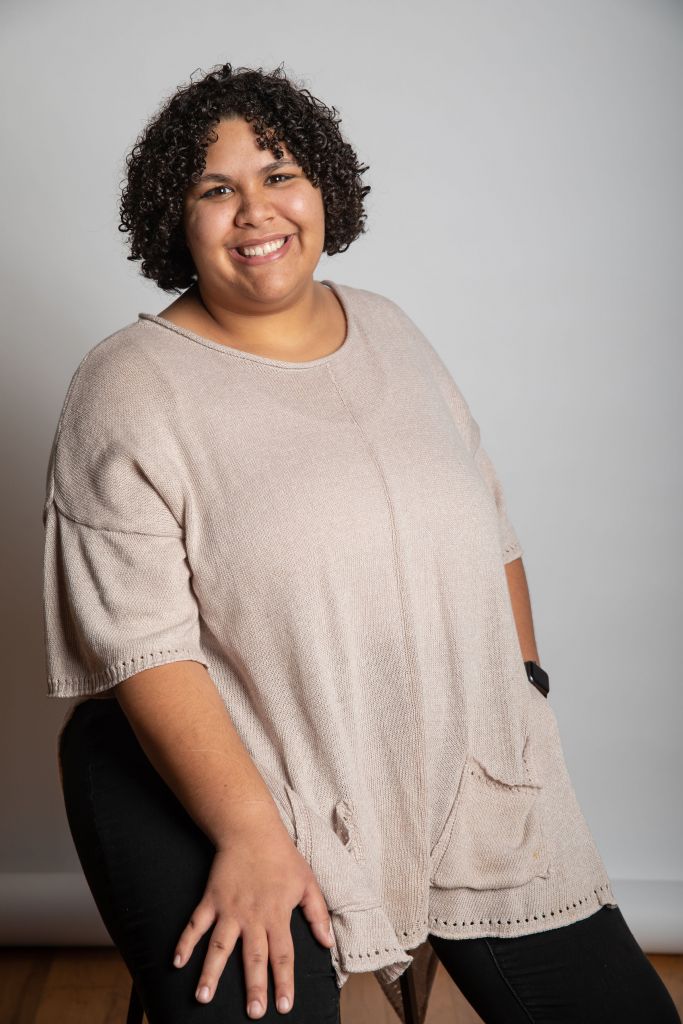
Kristin Revere chats with Endira Davis of Gold Coast Doulas about everything from infant swaddling to feeding in this fun episode on newborn care. They also discuss caring for twins and NICU babies. Hello, hello! This is Kristin Revere with Ask the Doulas, and I am so excited to chat with one of our own […]
Infertility Support with Alison Prato: Podcast Episode #220
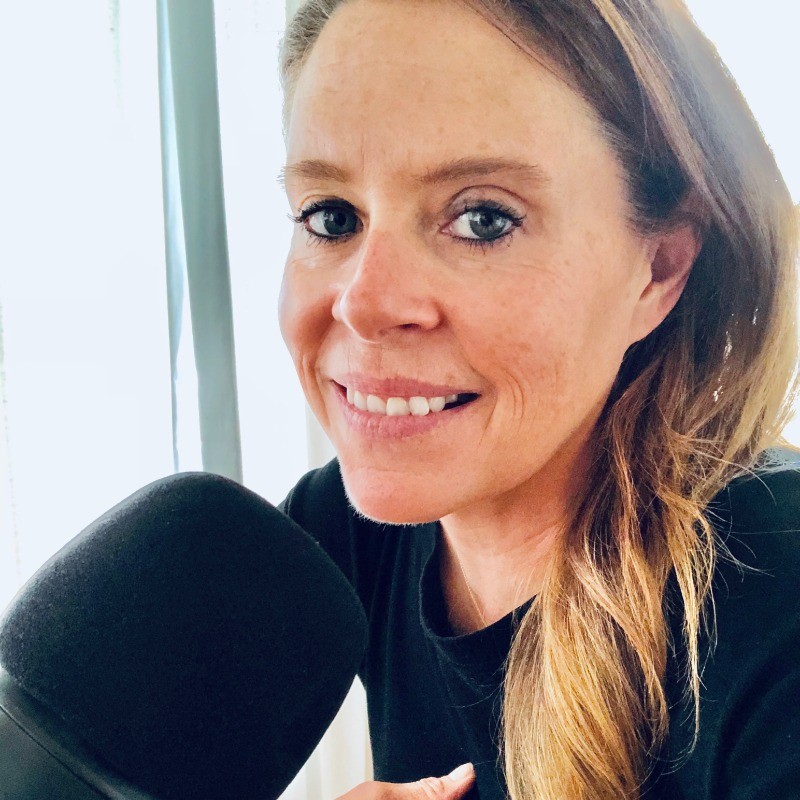
Kristin Revere chats with Alison Prato, Infertile AF Founder and author of “Work of ART,” a children’s book about IVF and ART. Hello, hello. This is Kristin Revere with Ask the Doulas, and I am so excited to chat with Alison Prato today. Alison wears so many hats, but she is the Infertile AF group […]
Prioritizing Yourself Postpartum: Podcast Episode #219

Kristin Revere chats with Arielle Martone, founder of Find Your Way Mama, about why you need to prioritize yourself postpartum and how to do that even with little to no time. Hello, hello! This is Kristin with Ask the Doulas, and I’m here to chat with Arielle Martone. Arielle is a doctor of physical therapy, […]
Fourth Trimester Support: Podcast Episode #218
Kristin Revere talks with Dr. Dannielle Wright of Honey, a postpartum support network, about how to support new parents in the fourth trimester. Hello, hello. This is Kristin Revere with Ask the Doulas, and I am so excited to chat with Dr. Wright today. Dr. Wright started a business called Honey, which is a postpartum […]
Creating Community with a Baby Expo with Natalie Fay: Podcast Episode #217
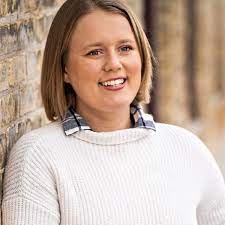
Kristin Revere chats with Natalie Fay of 9in9out and Sound Sleepers by Natalie Fay about the importance of creating a community and how to do so with a baby expo. Hello, hello. This is Kristin Revere with Ask the Doulas, and I am so excited to chat with my friend Natalie Fay. Natalie Fay is […]
